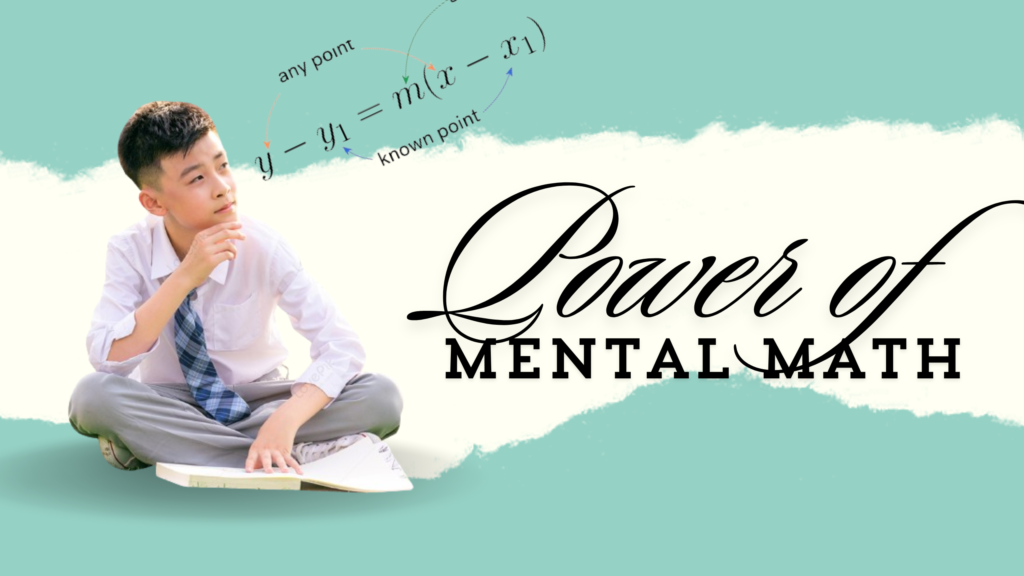Indian Foreign Policy: A Comprehensive Overview
Introduction to Indian Foreign Policy When a state gives directions to all its activities and relations with other states through batches, it is called the distinctiveness of a country. It includes all the methods of batching in which a country is batched with the rest of the world to protect its interests and enhance its interests on the world stage, foreign policy diplomacy, economic agreements, military alliances, trade negotiations and cultural exchanges. Other things come under foreign policy. This is a way to give a new look to the entire world. Indian foreign policy is an important subject of international relations which is like. Diplomatic Relations: India has foreign policy with a total of 201 countries including America, Russia, England, France and Japan. All these works are done by the Foreign Ministry. India is a major economic and military power and is the 3rd largest spender on its army in the world and has the fourth largest GDP. Objectives of Indian Diplomacy: From an Indian Foreign Policy point of view, India’s main objective is to protect its interests, to behave peacefully with all the best and to promote its friends, and to provide essential services to its citizens living in the country and abroad, in which India I am also being successful. For example, during the war in Russia and Ukraine, India remained in touch with its citizens and also brought them back safely from there. This scene was created in Afghanistan and many other countries as well. Comprehensive Indian Foreign Policy: India has a very comprehensive foreign policy because in today’s scenario, India wants friendly relations with all countries and tries to do the same. Neighbourhood First Policy: India maintains a special kind of foreign policy with its neighbouring countries, India always follows the path of Neighbourhood First policy so that a peaceful situation is maintained with the neighbours and we can share each other’s pain and suffering. example. During the Corona pandemic, India made available free Corona medicines to its neighbouring countries. Look East Policy: India has given more emphasis in its foreign policy on improving relations with the countries of the East so that trade with them can reach its peak. it can be taken away. Nuclear policy: It has been clearly stated in India’s nuclear policy that we will not use nuclear weapons first in atmospheric pressure, but if nuclear weapons are attacked by any country, then India will start the nuclear bomb program. Strategic Ambiguity: India maintains a policy of strategic ambiguity, which includes India has kept itself aloof from the war between Russia and Ukraine and has not supported any of them International Organizations and Movements: India is a member of many non-state organizations. Download the Indian Foreign Policy PDF



